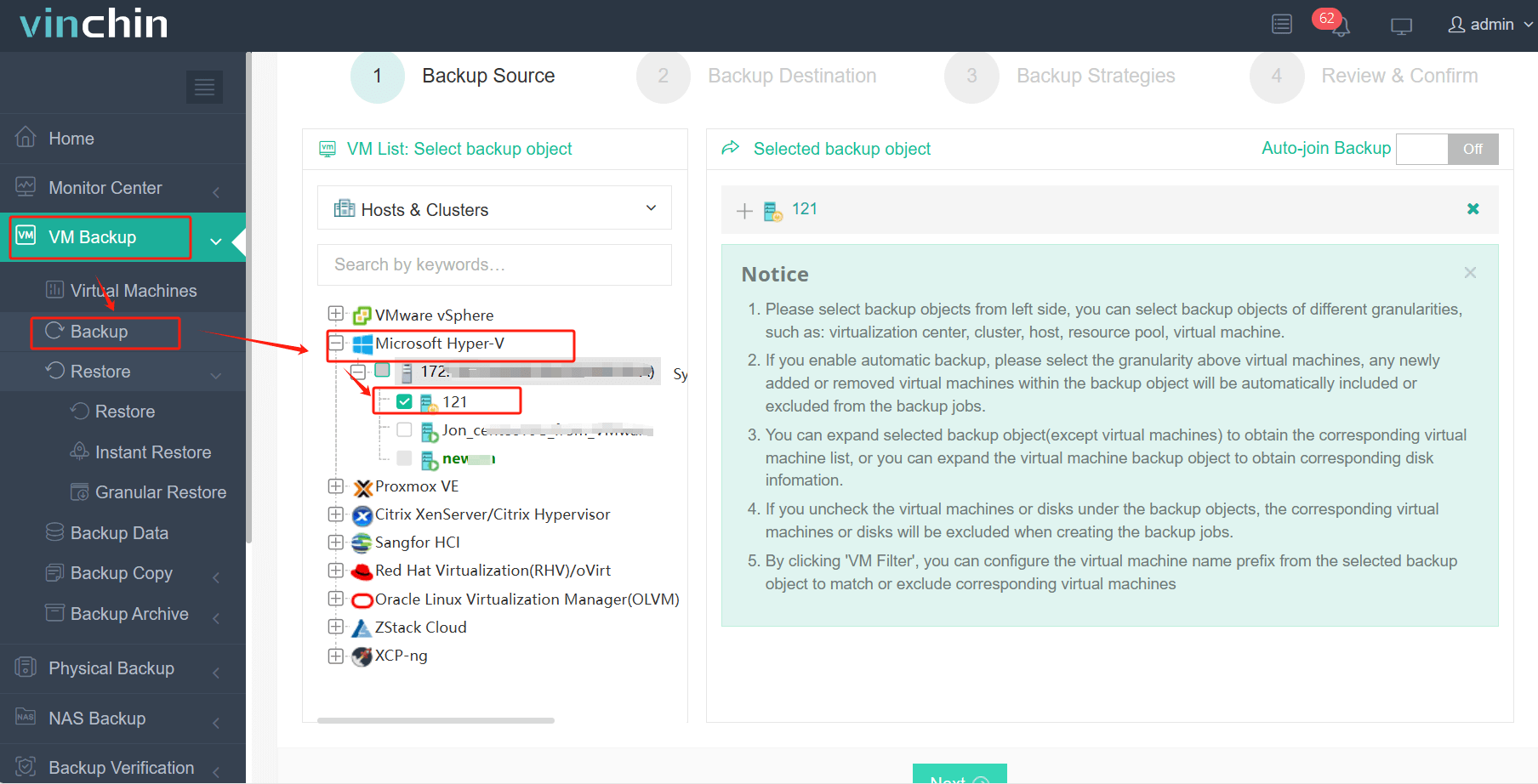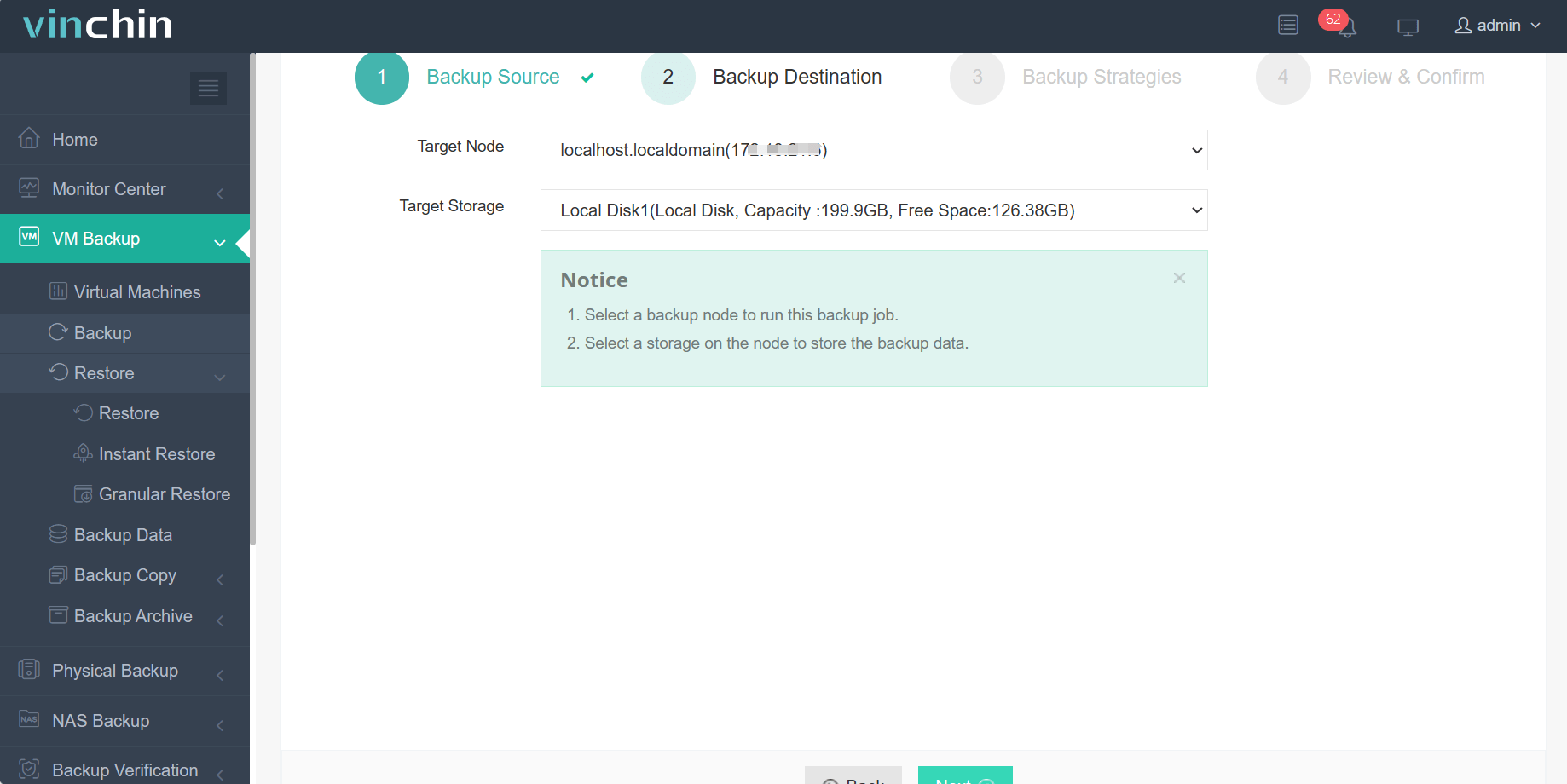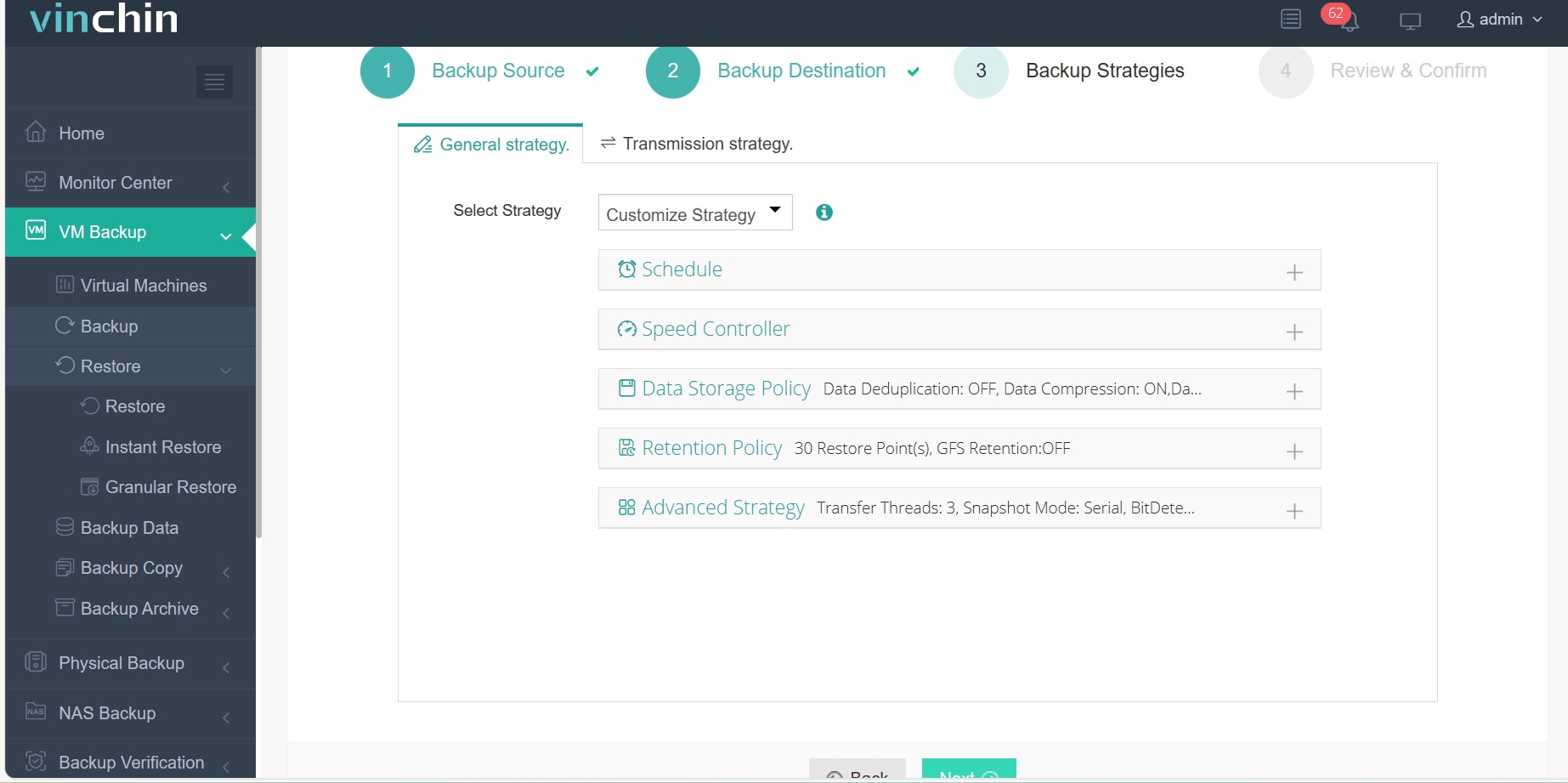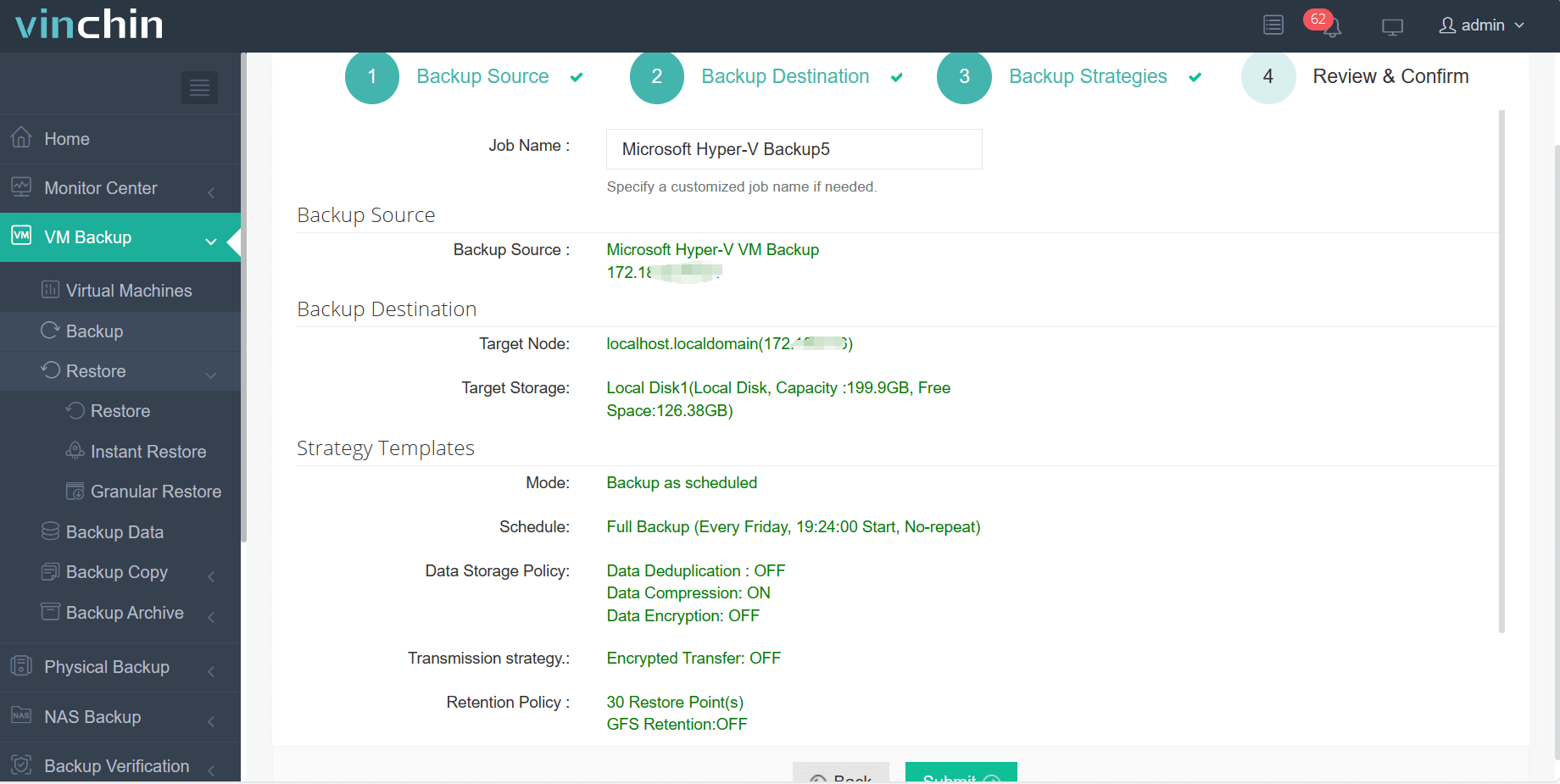-
What is High Availability?
-
Types of High Availability
-
What is Disaster Recovery?
-
High Availability vs Disaster Recovery
-
Enhance data protection with Vinchin solution
-
High Availability vs Disaster Recovery FAQs
-
Conclusion
High availability (HA) and disaster recovery (DR) are two critical components of IT systems management that aim to ensure continuous operation and minimal downtime for services. Although they are sometimes used interchangeably, they refer to different strategies and solutions.
What is High Availability?
High availability refers to the ability to continue accessing an application in the event of a failure of a single component in the local system, regardless of whether the failure is in business processes, physical facilities, or IT software/hardware. The best availability scenario is when one of your machines goes down, the users utilizing your service feel no impact whatsoever.
When your machine goes down, the services running on that machine will definitely need to undergo a failover. The cost of failover is measured in two dimensions: RTO (Recovery Time Objective) and RPO (Recovery Point Objective).
RTO is the time it takes for a service to recover, with the best case scenario being 0, meaning the service is restored immediately; the worst case is infinity, meaning the service never recovers. RPO is the length of time of data that is recovered moving forward during the switch; 0 means using synchronized data, greater than 0 means there is data loss. For example, "RPO = 1 day" means using data from one day prior for recovery, and thus, any data from within that day is lost. Therefore, the optimal recovery result is RTO = RPO = 0, but this is too idealistic, or the cost to achieve it is too high.
For HA, shared storage is often used, which allows for an RPO = 0. At the same time, an Active/Active HA mode is often employed to achieve an RTO that is nearly 0. If an Active/Passive HA mode is used, then the RTO needs to be minimized.
Types of High Availability
HA requires the use of redundant servers to form a cluster to run the workload, including applications and services. This redundancy also allows HA to be divided into two categories:
Active/Passive HA: In this configuration, the services are offered only on the active node. When the active node fails, the service on the passive node is initiated to replace the service provided by the active node.
Active/Active HA: In this configuration, the system runs the same workload on all servers within the cluster. Taking a database as an example, updates to one instance are synchronized across all instances. This configuration often employs load balancing software to provide a virtual IP for services.
HA categorizes services into two types:
Stateful Services: Subsequent requests to the service depend on previous requests.
Stateless Services: Requests to the service are independent of each other and are completely autonomous.
What is Disaster Recovery?
Disaster refers to a sudden event that occurs due to human or natural causes, resulting in a severe malfunction or paralysis of the information systems within a data center. This disrupts the business functions supported by the information systems or brings the service levels to an unacceptable state for a specific duration, typically necessitating a switch to an alternative site for operations.
Disaster Recovery is the ability to restore data, applications, or business capabilities in a different location’s data center when a disaster compromises the production center.
Disaster Tolerance refers to the redundant site established by users in addition to the production site. When a disaster occurs and the production site is damaged, the redundant site can take over the normal business operations to ensure business continuity. To achieve higher availability, many users even establish multiple redundant sites.
There are two main metrics for measuring a disaster recovery system: RPO and RTO. RPO represents the amount of data loss that is acceptable when a disaster occurs, while RTO represents the time it takes for the system to recover. The smaller the RPO and RTO, the higher the system’s availability. Naturally, the greater the investment required by the user.
High Availability vs Disaster Recovery
The relationship between HA and DR is interconnected and complementary, yet they have significant differences:
HA typically refers to a local high-availability system that ensures applications continue running without interruption on multiple servers in the event of a failure of any one server. The applications and systems should be able to switch quickly to other servers to continue operations, which involves local system clustering and hot failover. HA often uses shared storage, so there is typically no data loss (RPO = 0), and the focus is more on RTO.
DR refers to a high-availability system that is geographically dispersed (either within the same city or in a different location) and denotes the ability to recover data, applications, and business operations in the event of a disaster by using data replication. Depending on the data replication technology used (synchronous, asynchronous, Stretched Cluster, etc.), there is often some data loss, resulting in RPO > 0. Additionally, the switchover of applications at a remote site usually takes longer, thus RTO > 0. Therefore, it is necessary to customize the required RTO and RPO based on specific business needs to achieve the optimal Cost of Total Ownership (CTO). A remote disaster recovery system often includes a local HA cluster and a remote DR data center.
The differences between the two can also be viewed from other perspectives:
From the perspective of faults, HA mainly deals with the failure of single components leading to the transfer of loads between servers within a cluster, while DR is designed to address large-scale failures that require the transfer of loads between data centers.
From the network perspective, tasks within the scale of a LAN are the domain of HA, whereas tasks on the scale of a WAN fall within the scope of DR.
From the perspective of cloud computing, HA is a mechanism within one cloud environment to ensure business continuity, while DR is a mechanism between multiple cloud environments to ensure business continuity.
Enhance data protection with Vinchin solution
Vinchin Backup & Recovery is a professional solution designed to provide data protection and disaster recovery for virtualized environments. It supports various virtual platforms like VMware, Hyper-V, XenServer, Proxmox, XCP-ng, etc., and database, NAS, file server, Linux & Windows Server, etc. Tailored for virtual environments, Vinchin offers automated backups, agentless backup, LAN/LAN-Free options, offsite copying, instant recovery, data deduplication, and cloud archiving. With data encryption and ransomware protection.
With agentless backup feature, it enables quick integration of VMs into the backup system. It offers disaster recovery features such as Instant Restore to reboot VMs from backups in seconds, offsite copy for remote backup storage, and automatic backup verification for integrity checks. Additionally, it facilitates VM migration across different hypervisors for seamless virtual environment transitions.
It only takes 4 steps to backup your virtual machine with Vinchin Backup & Recovery:
1.Select the backup object.

2.Select backup destination.

3.Select backup strategies.

4.Review and submit the job.

Discover the power of this comprehensive system firsthand with a free 60-day trial! Leave your specific needs, and you will get a customized solution that fits your IT environment perfectly.
High Availability vs Disaster Recovery FAQs
1. Q: What is the difference between High Availability and Fault Tolerance?
A: While both aim to ensure continuous operation, High Availability involves a short recovery time after a failure, whereas Fault Tolerance is designed to provide uninterrupted service even during a failure, with no downtime.
2. Q: Is High Availability the same as load balancing?
A: No, but load balancing is a component of High Availability. It distributes workloads across multiple computing resources, helping to ensure that no single server becomes a point of failure.
3. Q: What are the key components of a Disaster Recovery Plan?
A: A comprehensive DR plan includes identification of critical systems, data backup solutions, recovery site arrangements, clear RPO and RTO, and detailed recovery procedures.
Conclusion
HA is about preventing downtime within a local setup, while DR is about recovering from a disaster after it occurs, potentially at a different geographic location. Both are crucial for ensuring continuous business operations but are implemented differently based on the risk tolerance, business requirements, and available resources of an organization.
Share on:








